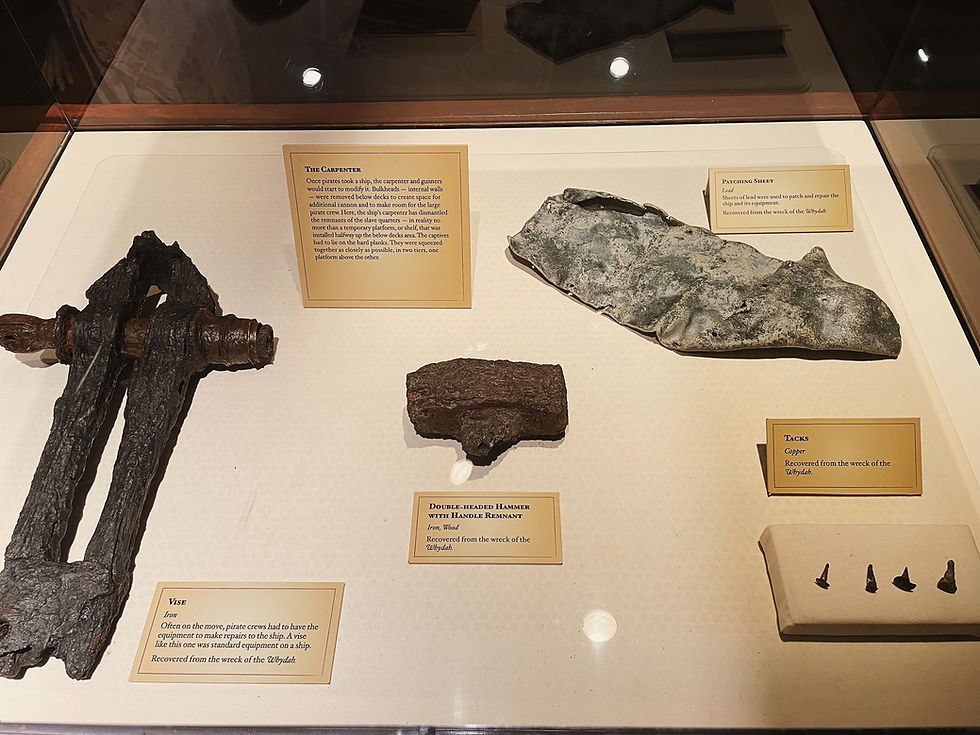The Restoration of Colonial Williamsburg
- marcsitkin
- Nov 8, 2023
- 2 min read
Updated: Nov 27, 2023
by Paul Van Perniss
The 2024 EAIA Meeting is April 24th thru April 27th 2024!
It’s not too soon to make your hotel reservations here. You can also contact the hotel directly at (855) 235-1675. If you do call, make sure you tell them you’re making a reservation for the EAIA meeting.

As we look forward to the 2024 EAIA Annual Meeting in Colonial Williamsburg, it’s worth remembering how the world’s largest living history museum came to be. William Archer Rutheford Goodwin was the rector of the Bruton’s Parish church in Williamsburg and the head of the department of biblical literature and religious studies at The College of William & Mary. He loved history and had a dream of returning the former colonial capitol to its 18th century glory. Williamsburg’s glory faded rather quickly after the Revolutionary War and was on the brink of sliding into oblivion. One author said of Williamsburg, “The town had desperately tried to keep up with the 20th century, and its antiquities seemed doomed to become parking lots and cheap eateries. In the oxcart days of Goodwin's first residence, its rural funkiness had been at least interesting. But in the Model-T days, it had degenerated to grease-stained filling stations slapped together with sheets of corrugated iron. Utility poles paraded down the middle of Duke of Gloucester Street, sprouting skeins of overhead wires. A tin garage near the Magazine bore a sign reflecting the early '20's interest in King Tut: "TOOT-AN-CUM-IN."”.i He pursued his dream for many years and tried on several occasions to interest benefactors into undertaking the project. He tried to convince Henry Ford to take on the project, but Ford made it very clear he had no interest.

As luck would have it, Goodwin was sent to New York to give a speech in honor of the 150th anniversary of Phi Beta Kappa (the organization was started at William and Mary in 1776). John D. Rockefeller Jr. just happened to be in the audience for that speech and he and Goodwin struck up a relationship. In March of 1926, John D. Rockefeller Jr., and his wife and five sons visited Williamsburg at the invitation of Goodwin.

Shortly thereafter, Rockefeller committed to the project and promised the financial support necessary to make Goodwin’s dream a reality. In 1927, Rockefeller pledged 5 million dollars to the project. At the time of his death in 1960 John D. Rockefeller Jr. had given the Colonial Williamsburg Foundation nearly fourteen times that. The Rockefeller family continues to provide significant ongoing support to Colonial Williamsburg.
We can all be thankful for the dreamers and the philanthropists who have the foresight and who provide the funding to preserve the many important architecture, artifacts and places that weave together our past. EAIA members are a part of that as we work to fulfill our mission to “preserve and presents historic trades, crafts, and tools, and interprets their impact on our lives.
1. History of the Restoration, “My Dream and My Hope by Edward Parks, https://research.colonialwilliamsburg.org/Foundation/general/introhis.cfm




Such a fascinating story of the creation of the greatest living history museum in the world. Thank you Paul Van Pernis for sharing it with us! PS See you in Williamsburg in April!